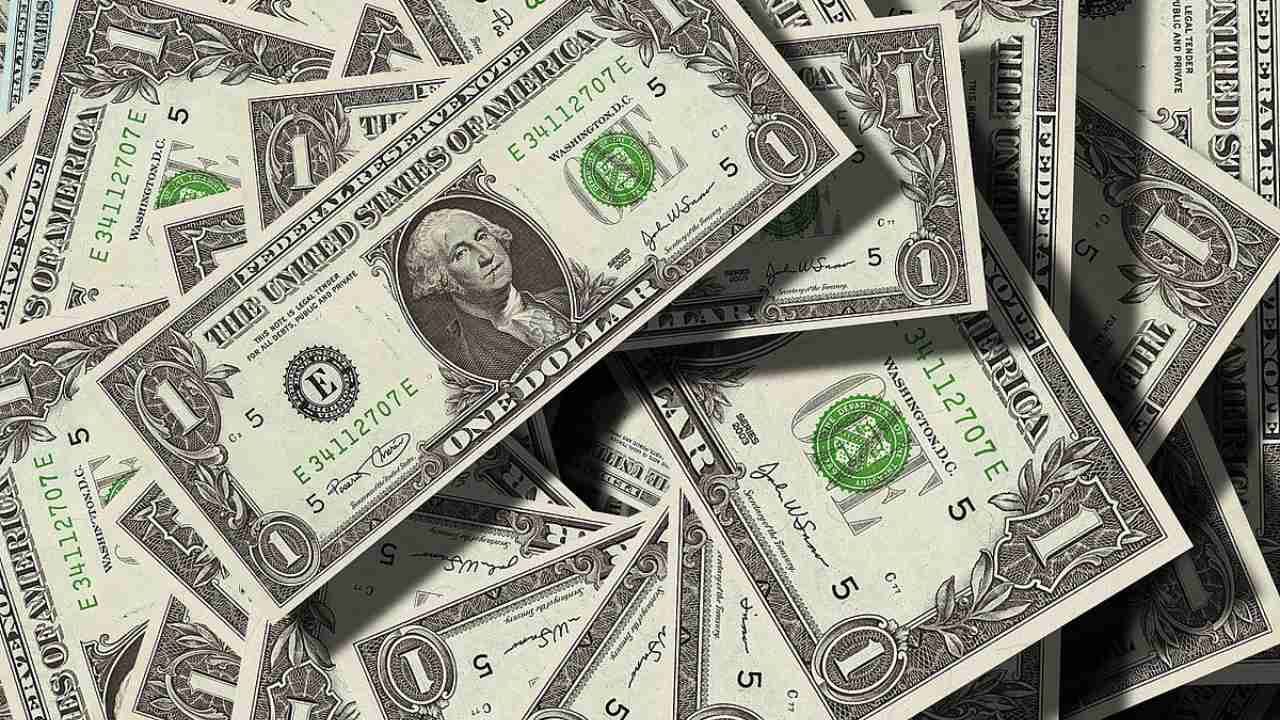The United States’ currency has weakened more than 10 percent over the past six months when compared with a basket of currencies from the country’s major trading partners.
The last time the dollar weakened so much at the start of the year was 1973, after the United States had made a seismic shift that had ended the linking of the dollar to the price of gold.
The US dollar index, at the New York Stock Exchange, which measures the dollar’s strength against six major foreign currencies, has tumbled 7% in the second quarter and is down 10.7% this year.
The dollar index posted its worst first half of the year since 1973, according to data from Intercontinental Exchange. The index slumped 15% across the first six months of 1973.
While stocks have rebounded from their April lows, the dollar has continued a precipitous decline. The dollar index on Monday slid 0.55% and hovered around its lowest level since 2022.
Wall Street’s fear gauge, the CBOE Volatility Index, went on a roller coaster in the second quarter that finished with a calm ending.
This time the seismic event is US President Trump’s efforts to remake the world order with an aggressive tariff push and a more isolationist foreign policy.
The combination of Trump’s trade proposals, inflation worries and rising government debt has weighed on the dollar, which has also been buffeted by slowly sliding confidence in the role of the United States at the center of the global financial system.
That means it is more expensive for Americans to travel abroad and less attractive for foreigners to invest in the United States, sapping demand when the government is trying to borrow more money. On the flip side, the weaker dollar should help U.S. exporters and make imports more expensive, though these typical trade effects are in flux because of the tariff threats.
Even as Trump has backed down from his most extreme tariffs and the U.S. stock and bond markets have recovered from their losses earlier in the year, the dollar has continued to slide.
“Having a weak dollar or a strong dollar isn’t the issue,” said Steve Englander, global head of G10 foreign exchange research at Standard Chartered. “The issue is: What is it telling you about how the world sees your policies?”
Initially, the dollar soared on Mr. Trump’s re-election. Much like investors in the stock market, currency players perceived him to be pro-growth and pro-business, likely drawing in investments from around the world and raising demand for the U.S. currency.
Such enthusiasm did not last. After peaking in mid-January, the dollar index began to slide. Hopes of a pro-business administration gave way to lingering worries about stubborn inflation and the impact of already high interest rates on the economy and on companies in the stock market.
As Trump’s tariff proposals stoked historic levels of uncertainty and volatility on Wall Street in early April, the VIX spiked to levels not seen other than during the Covid pandemic and the 2008 financial crisis.
The VIX settled across May and June and gradually slid lower. After surging 28% in the first quarter, the fear gauge fell almost 27% in the second quarter.
The VIX on Monday traded around 17 points compared with trading above 50 points in early April.
The sentiments driving markets shifted from “extreme fear” or “fear” in April to “greed” or “neutral” in May and June, according to CNN’s Fear and Greed index.
At the start of the quarter, the Treasury market was enveloped in abnormal uncertainty and volatility.


